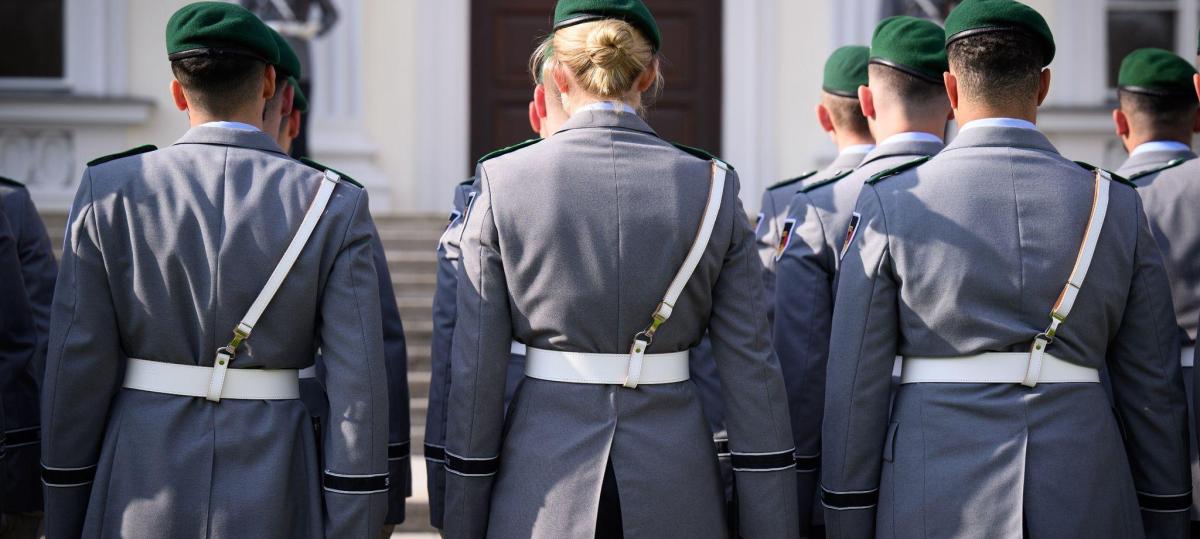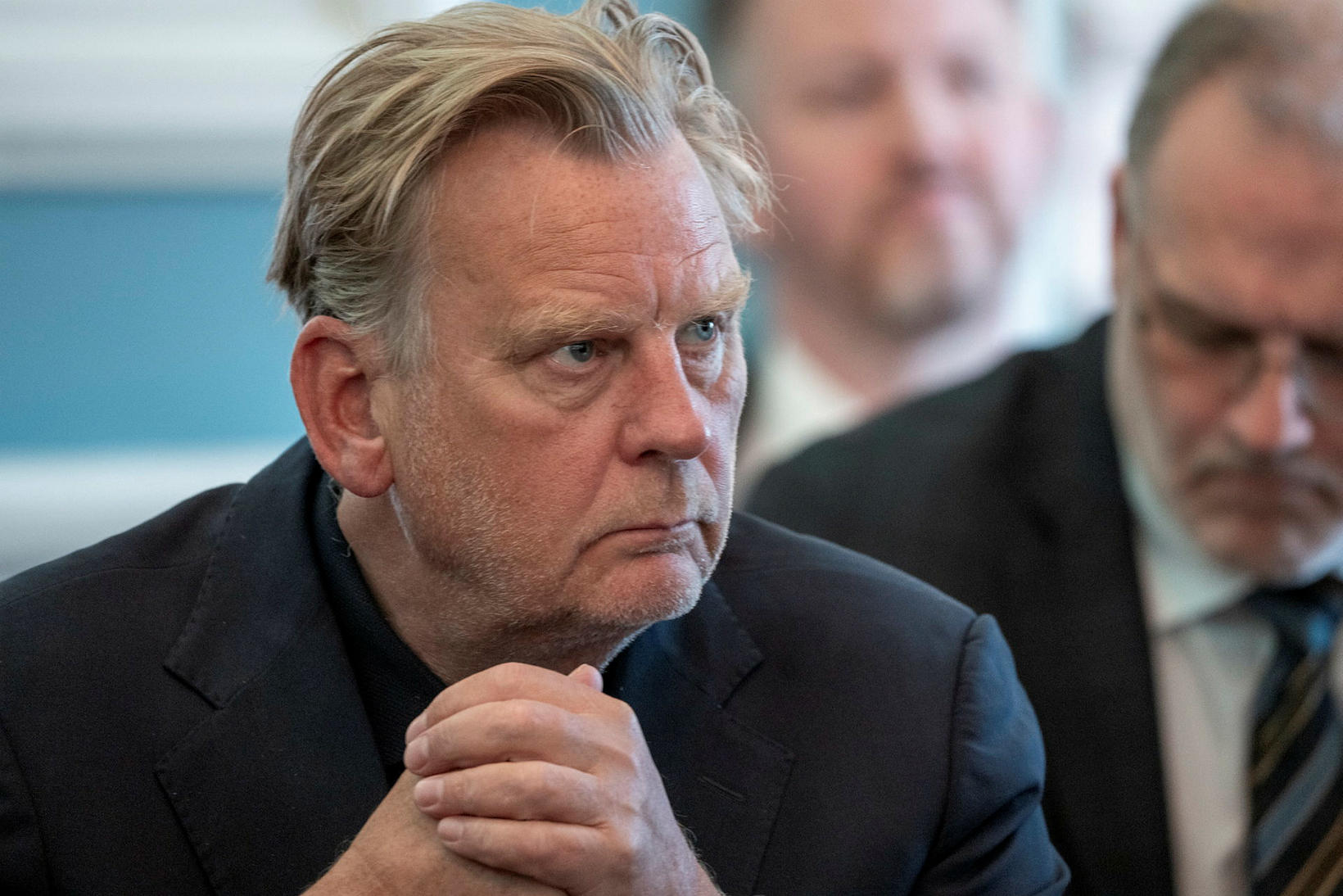Opinion | What we can learn from world makers in nature
/s3/static.nrc.nl/images/gn4/stripped/data132275405-60e31c.jpg|https://images.nrc.nl/57Wde8Whfa81zE7DA9SACXTYLSc=/1920x/filters:no_upscale()/s3/static.nrc.nl/images/gn4/stripped/data132275405-60e31c.jpg|https://images.nrc.nl/V5eP2Ce9WxjeNvFbIJTmeOPLBgs=/5760x/filters:no_upscale()/s3/static.nrc.nl/images/gn4/stripped/data132275405-60e31c.jpg)
A battle for raw materials takes place worldwide. Energy, food, and also the rare earth metals: which country knows which resources to get? Whoever controls the raw materials has economic power and strategic control.
In this race, the world leaders treat the earth as a raw material bank that never becomes empty. But what we robbed are not just resources, it is the vital organs of a living system that we ourselves are part of. And that living system, after decades of exploitation, relegation and pollution, is already quite exhausted. If we before the health of the planet started to change her as a starting point, then the health of the planet is today, according to data where ChatTtp has access toestimated at 1.5/10.
Without transformation and regeneration, our contemporary urge to ‘progress’ becomes our downfall. Unless we adjust our understanding of the earth, by training ourselves in the science of living systems. Only then can we change our role from ‘Terminator’ to ‘Regenerator’ and help build a livable future.
For a long time scientists thought that the planet ‘on which’ we live is a life -friendly place, a planet with exactly the right conditions to allow life. Not too close and not too far from the sun, with an atmosphere that stops harmful radiation and the right chemical composition that makes the origin of life possible. It is just right here on earth: good to live, reproduce and evolve. In astrobiology this is called the ‘Goudlokje principle’: the material or so-called abiotic conditions are suitable for biotic life to develop, survive and flourish.
Lofty
But insights from ecology, astrobiology, geology and physics show that this worldview is in urgent need of replacement. We humans do not live ‘on’ the earth, we are ‘part’ of the earth, just as your skin cells are part of your skin and therefore of you. It is therefore no coincidence that the word ‘human’ is a derivative of ‘humus’, which means earth and soil in Latin. Man is part of the landscape and the surface of the earth, just like the millions of other living beings who share the planet with us. So we are not a separate and elevated species, but a intertwined species, whose existence is ‘inter-dependent’ with all other species on earth, As economist Kees Klomp describes it nicely.
New scientific insights show that life itself – as an umbrella, self -organizing process – is responsible for making livable and keeping our planet liveable. Think life away and our earth turns into a hostile, deadly world that does not differ much from the lifeless celestial bodies that surround us. Without the mosses, the bacteria, the forests, the plankton, the fungi, the insects, the corals, the whales, the wolves and the other countless species, the earth loses its stability, her fertility, her quality of life and ultimately … her breath. Or as astrobiologist David Grinspoon aptly puts it: “Life did not arise on the earth, It happened to the earth. «
Life here is not possible because the planet is ‘livable’, the planet is livable because the infinite diversity of life forms on land and in the oceans step by step makes our earth more fruitful, more stable and more life -friendly. What distinguishes the survival champions of evolution from the fossils is a pattern that is as old as life itself: species that survive despite infinite change and disruption are those who leave the planet better than they found. They co-create an atmosphere that stops harmful radiation from space. They co-create a climate that is conducive to future life. They co-create a biosphere that allows life to evolve-so that it can become more unique, more complex, richer and more skilled with time.
The species that last the longest on this planet are therefore not the strongest or the smartest, but those who contribute to the larger whole. They are world makers, no world crackers or robbery builders. The notion where the right of the strongest or cunningeiest applies is therefore no longer entirely true. In the long term, the right of the most caring speaks. And the more our understanding of ecology progresses, the clearer it becomes that every form of life plays a role in the dynamics and self -organization of life on earth.
Over -fertilization
For example, wolves give more life than they take. Their actions leave the ecosystem richer, healthier and more resilient. That is because wolves, and other top predators, keep our landscapes in balance, in motion and therefore alive. Wolves do this by regulating the flows of nutrients and organisms so that over or under-grazing of vegetation and exhaustion or over-fertilization of soils is avoided. The presence of wolves in landscapes influences the behavior of the grazers. These move more through the landscape and they avoid places where they can easily fall prey to the wolves. You could compare wolves with the beating heart of a landscape: they ensure that everything flows as it should flow and what it has to flow, much better than that hunters can.
This logic is not difficult to understand. Wolves need prey animals to survive and so they ensure productive landscapes where deer, wild boar, beavers (their favorite prey) and other herbivores can rise. In short, Wolves invest in ‘Life-making’. They regenerate degraded landscapes and increase the quality of and biodiversity in ecosystems when we give them the freedom and space to do what they naturally do.
Without transformation, our contemporary urge to ‘progress’ will be our downfall
The more we learn about ecology, the clearer it becomes that the wolves are not alone. Mushrooms need water to survive and reproduce and so they invest in ‘rain’. Ants and termites need biomass to survive, so they invest in ‘green making’ the space around their nest. Whales are marine mammals, they need oxygen to breathe, and so they invest in ‘oxygen making’. Like about everything in nature, this happens indirectly: the whales take care of the plankton and the plankton absorbs carbon and releases oxygen, just like plants do in terrestrial ecosystems. Trees and fungi need fertile soils for flourishing, so they invest in ‘soil-making’. In fact, trees cannot move when the conditions deteriorate, so trees also invest in ‘weather’ by ensuring that weather patterns remain life-friendly for future generations. Forests do not only grow in wet areas; They create and maintain the circumstances in which they can grow by increasing the precipitation and shortening periods of droughts.
Life -friendly planet
That is how life works on earth. Each element adds value to the health of the larger system in which it is embedded and receives food back for this. In this way, life is at the same time architect and creator of this unique life -friendly planet in the cosmos. By making rain, soil, air, food, weather and even atmosphere, the organisms that surround us create the conditions for their own survival. Our world increasingly became more friendly for life thanks to this value-adding investments that perpetuate, revitalize and regenerating the living systems of the earth.
As far as we know, world makers do not do all this out of moral awareness, they do that because they cannot do anything else. Because their survival depends on the health of the largest living system (earth) of which they are part. After all, health is always function of the whole and not of the part.
That is what I call ‘natural intelligence’ (or ni, analogue to AI, artificial intelligence). It is the art and expertise to leave the earth healthier, richer, more vital and more viable than before. It is the intelligence to survive and flourish on a constantly changing planet with finite raw materials – without pollution, exhaustion and relegation.
From this (re) discovered ecological insight, it becomes clear that biodiversity is not a nice side effect, but of absolutely vital importance for life on our planet. After all, when biodiversity collapses and the reciprocal relationships between species become disturbed, then our planetary processes of rain-making, soil making, weather, making oxygen making, green making, food and making life. In other words, biodiversity means planetary safety.
To be clear: I don’t make a plea to make rain, weather or life as a person- for example through geo or bio-engineering. Our technologies are still far too immature for that and almost always bring unexpected and unwanted side effects. What we should do is find our place within the living systems that feed us. So that we can create the right circumstances in which the rain makers, weather-makers, life makers and all other world makers can do their work. After all, Mother Nature already has 3.8 billion years of experience in creating conditions that are beneficial for future life.
Sustainability is therefore not merely ‘green idealism’, ‘technical objective’ or ‘social responsibility’. It is an evolutionary necessity. And regeneration – the biological process of innovation that leads to a higher order of vitality, viability and evolutionary ability – is the only strategy that works in the long term. Because that is perhaps the most painful thing about today’s climate and biodiversity crisis: these disasters are not inevitable, but the result of ignoring the most fundamental ecological insight that we as humans can ever gain. An insight that you would like our leaders had already understood: that only those who add value to the larger whole can continue to participate on this planet.

:format(webp)/s3/static.nrc.nl/images/gn4/stripped/data127409916-2bce88.jpg)






